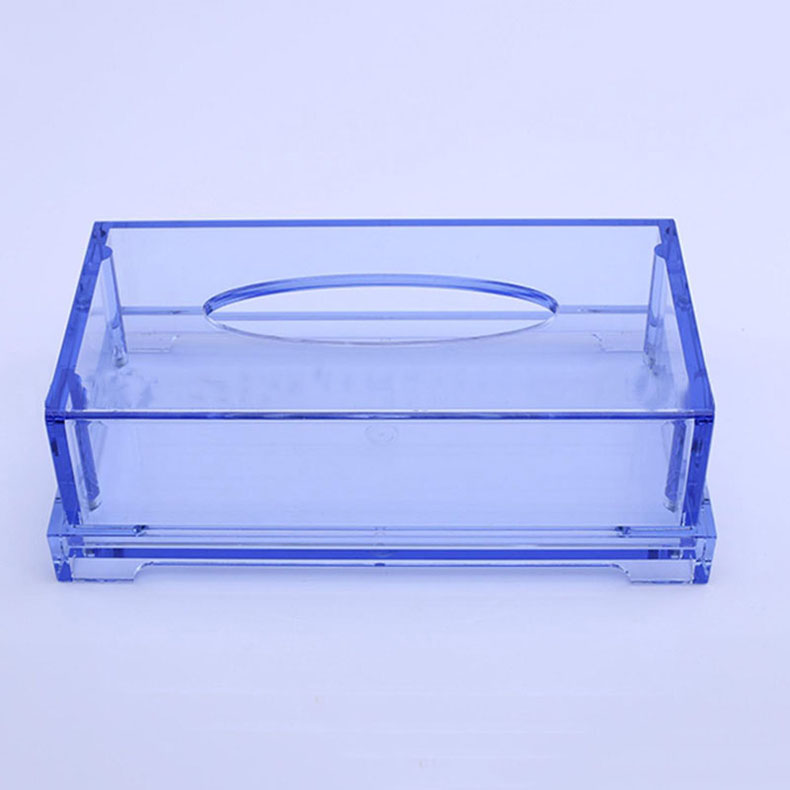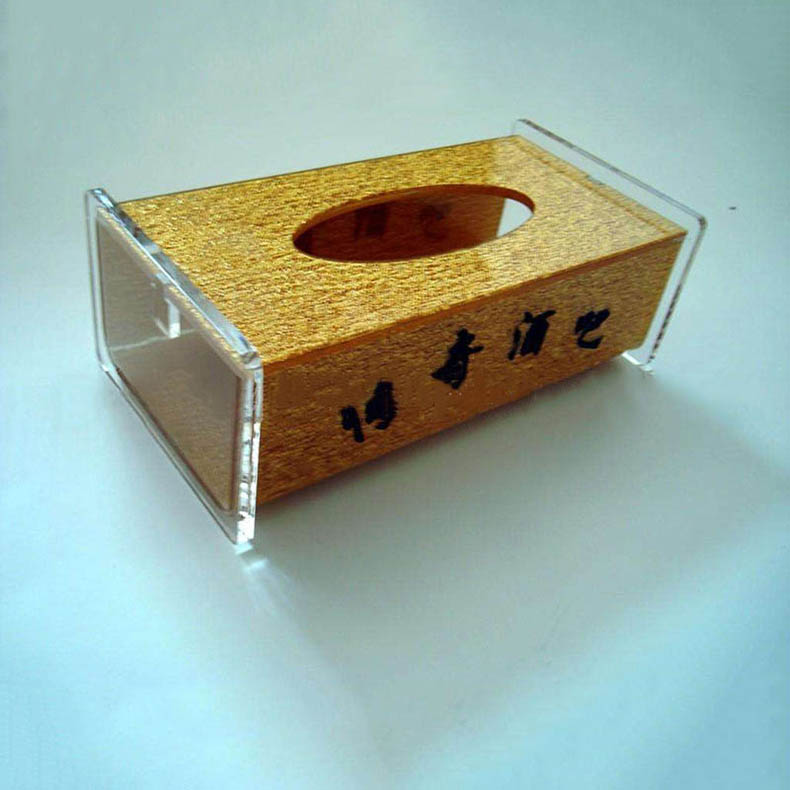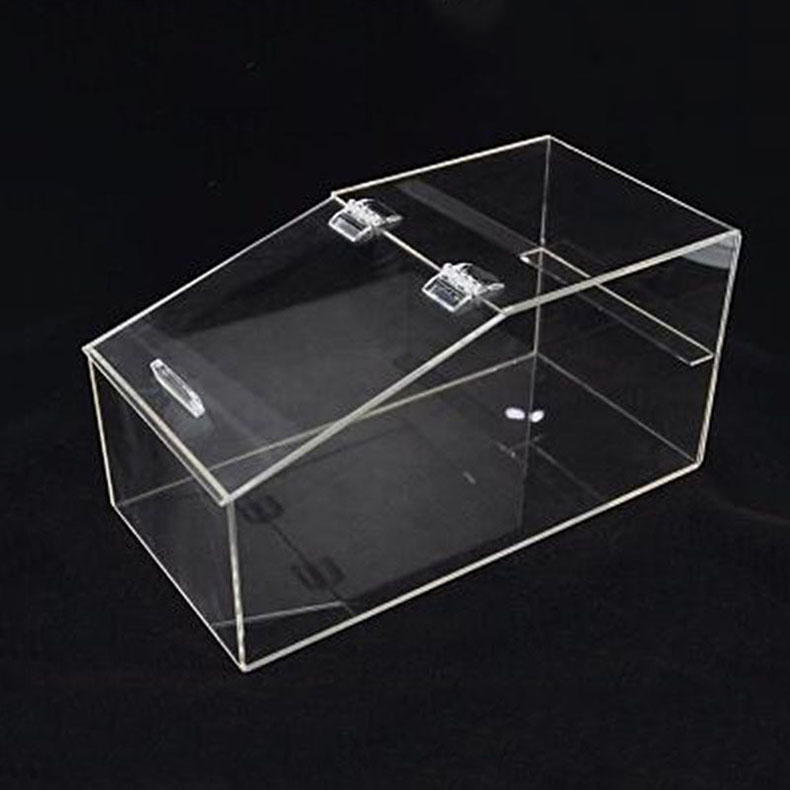Creating the best acrylic photo display involves a thoughtful combination of artistic vision, high-quality materials, and precise production techniques. This process transforms a simple photograph into a stunning display piece that enhances both the image’s beauty and the surrounding environment. Here’s a detailed exploration of how the best acrylic photo displays are made, breaking down each step from conception to creation.
1. Choosing the Right Photograph
The journey begins with selecting an image that will evoke emotion or convey a message. Whether it’s a portrait, landscape, abstract art, or a cherished family moment, the chosen photograph should be of high resolution to ensure clarity and vibrancy when printed. The image’s composition, color palette, and subject matter are crucial; bright colors and intricate details often work best with acrylic displays. Generally, images with sufficient contrast tend to pop when displayed behind acrylic, while softer images might benefit from a matte finish or softer acrylic.
2. Preparing the Image for Printing
Once the photograph is chosen, it needs to be digitally prepared. This process typically involves using photo editing software such as Adobe Photoshop or Lightroom. Here, the image can be adjusted for color balance, brightness, contrast, and sharpness. Editing also includes resizing the photograph to fit the desired dimensions of the acrylic panel. High-resolution images are crucial—at least 300 DPI (dots per inch) is recommended for a crisp, professional finish. Additionally, some photographers may choose to incorporate special effects or filters, depending on the intended aesthetic of the display.
3. Selecting the Acrylic Material
The choice of acrylic is vital in achieving the best display. Acrylic, commonly known by the brand name Plexiglass, comes in many varieties, with key considerations including thickness, finish (glossy or matte), and clarity. Glossy acrylic is preferred for most photographic displays as it enhances color vibrancy and depth, while a matte finish can reduce glare and is ideal for images where reflections might detract from the viewing experience. The most commonly used thickness ranges from 1/4 inch to 1 inch, with thicker panels providing extra durability and a three-dimensional appearance.
4. Printing the Photograph
With the image ready and acrylic selected, the next step is printing. Professional-grade printers designed for photo-quality outputs use special, high-density inks and advanced printing technology to reproduce the image onto a specialized adhesive film. This film ensures that the photo adheres smoothly and seamlessly to the acrylic sheet. Some manufacturers offer direct printing onto the back of the acrylic, which enhances depth and gives a more premium look, as it eliminates potential surface scratches on the image itself.
5. Adhering the Photo to the Acrylic
Once printed, the adhesive film is carefully applied to the flat surface of the acrylic panel. This step requires precision and careful handling. Bubbles must be avoided, as they can diminish the overall appearance of the display. Various tools can help, such as a squeegee or roller, to gently press the film into place and ensure a smooth application. It’s essential to work in a dust-free environment to prevent particles from getting trapped between the photo and the acrylic.
6. Trimming and Finishing Touches
After the photograph is securely attached to the acrylic, it’s time for trimming. The edges of the acrylic panel are cut precisely to match the photograph’s dimensions, creating a clean, professional finish. Some artisans choose to round the corners of the acrylic, giving the display a softer look and reducing the risk of chipping. Fine details, such as sanding the edges for a smooth finish or applying a protective coating, can also enhance the display’s overall quality.
7. Mounting Options
Mounting the acrylic photo display is a critical consideration, as it affects both aesthetics and functionality. Various mounting options can be explored:
Standoffs: These are metal mounts that elevate the acrylic piece off the wall, creating a floating effect. They come in various finishes (brushed nickel, chrome, etc.) and sizes.
French Cleat: This system holds the display securely while allowing for easy adjustment. A cleat is mounted on the wall, and the accompanying cleat on the back of the acrylic panel slides into place.
Adhesive Strips: For a minimalist approach, adhesive strips can be applied to the back of the acrylic. However, this method is best for lighter panels and is often considered more temporary.
Hanging Hardware: Depending on the location and type of display, traditional picture wire or D-rings can be attached for wall hanging.
Each mounting option has its aesthetic and functional implications, and the choice often reflects the overall desired look of the display.
8. Quality Testing and Inspection
Before the final product is deemed ready for consumer use, it undergoes a rigorous quality inspection process. This stage includes checking for any visual flaws such as bubbles, dust particles, or inconsistencies in adherence. The edges are examined for smoothness and precision. Finally, the overall appearance of the finished product is evaluated to ensure it meets the high standards expected of a top-tier acrylic photo display.
9. Final Touches and Packaging
Once all inspections are completed and adjustments made, the acrylic photo display is cleaned using appropriate non-abrasive cleaners to eliminate fingerprints and dust. After cleaning, the display is prepared for packaging. Careful packaging is necessary to prevent damage during transport; this often involves using protective layers like foam or bubble wrap, along with sturdy boxes to ensure safe delivery.
10. Display and Enjoyment
Upon reaching its destination, the acrylic photo display is ready to be hung or positioned according to the owner’s taste. The final display should create an eye-catching focal point that complements the surrounding decor while showcasing the photograph in a way that breathes life into it. Whether it’s placed in a home, office, gallery, or commercial space, a well-made acrylic photo display can dramatically enhance any environment.
Conclusion
Creating the best acrylic photo display is a meticulous process that combines technology, artistry, and attention to detail. By selecting stunning images, utilizing high-quality materials, and employing precise production techniques, one can achieve a breathtaking display that not only presents the photograph beautifully but also adds an element of sophistication to any space. The resulting artwork becomes more than just a photo; it serves as a conversation piece, a personal treasure, and an enduring testament to the moments captured within.








